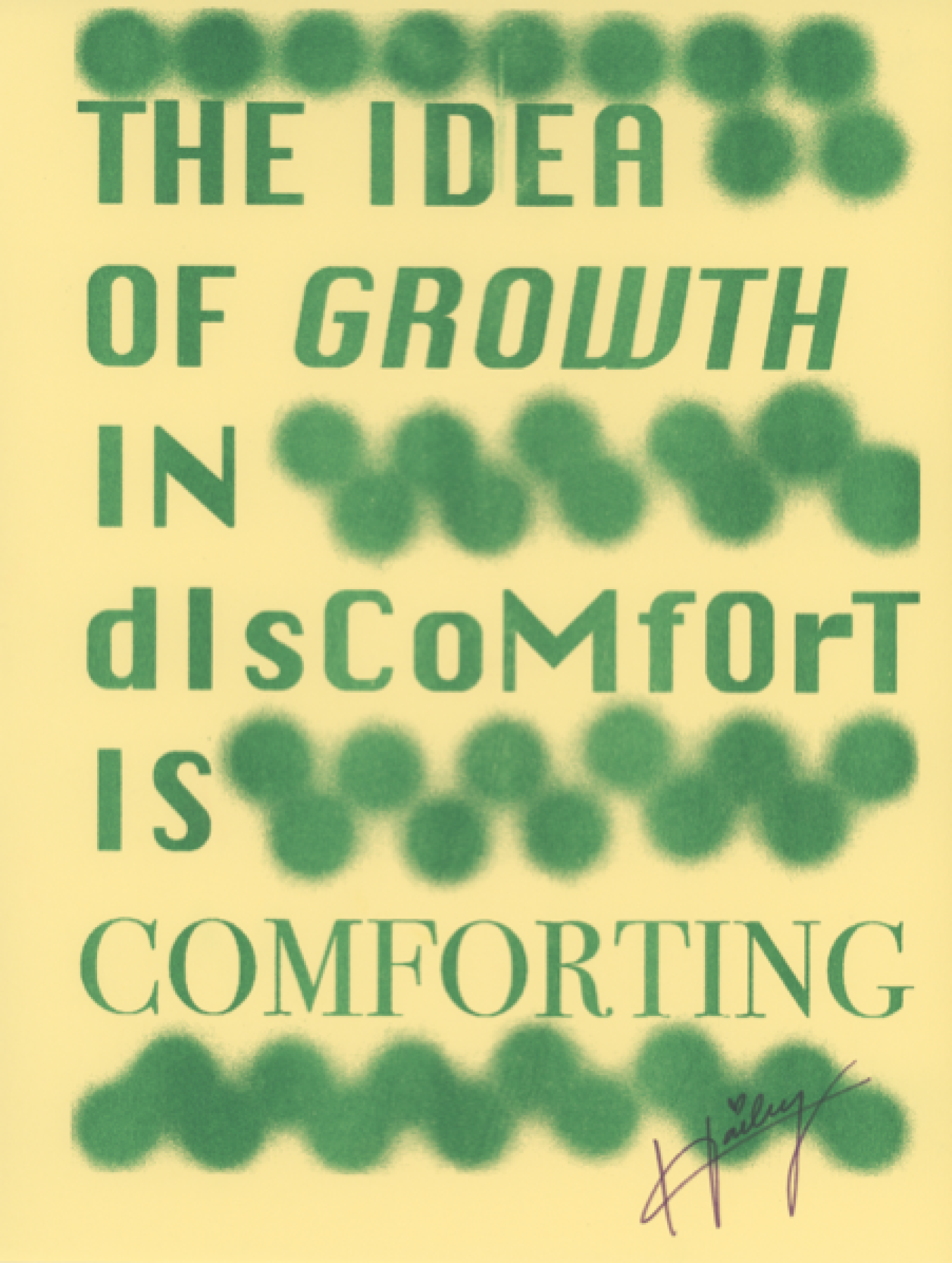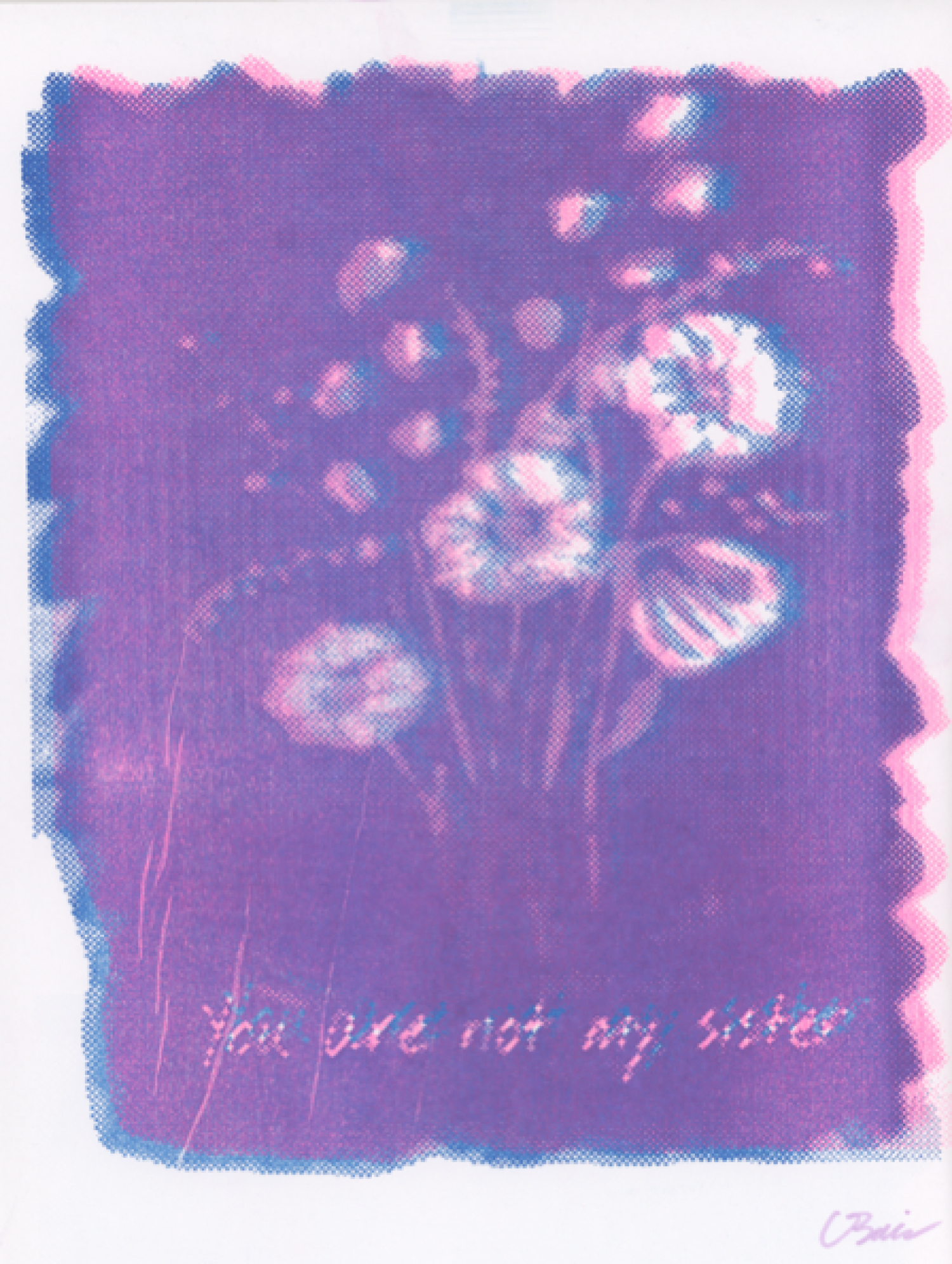The weight of words in the age of AI
Go to the ATLAS Institute website to learn more about Creative Technology & Design programs including undergraduate major, minor and certificates; professional master’s and PhD.
- Info sessions: online sessions on CTD programs are held throughout the year.
- Tours: Email atlascommunications@colorado.edu to book a student-led tour.
ATLAS Associate Professor Joel Swanson thinks a lot about the weight of words. He has calculated that an average-length English word on newsprint weighs about 5 grams—a digital word has a nearly imperceptible weight.
But it is the philosophical matter at the heart of the idiom that was the central focus for a recent first-year engineering seminar led by Swanson: What is the figurative weight of words as humans increasingly turn to generative artificial intelligence to write?
“AI is getting so good,” said Swanson, who teaches part of the undergraduate Creative Technology and Design (CTD) curriculum, which has degrees granted by the College of Engineering and Applied Science. “I could use ChatGPT to come up with an essay prompt for my students, and then they would respond to that prompt with AI, and then I would grade it, and back and forth. What does that communicate? It's saying words don't matter anymore. So I was really invested in coming up with a project that would show students that words are powerful—that the words they speak and write are meaningful because they wrote them.”
As a tenured professor in the Herbst Program for Engineering, Ethics and Society, Swanson and his colleagues weave humanities and ethics into their engineering courses, with a goal of fostering well-rounded engineers. With that goal always in mind, Swanson asked his students in the First-Year Seminar—a five-week elective for first-year students in Engineering Connections—to write the first sentence of their memoir, “something AI couldn’t do a good job with,” he said. Then students pushed their creativity further by transforming their words into a vibrant, layered image using a Risograph printer.

The task—and the seminar itself—is purposely outside traditional math-and-science-based engineering education, and combined with Swanson’s signature focus on language and technology, students got a firsthand look at life as a CTD student.
Before they wrote their sentences, Swanson’s students—along with more 1,000 other Engineering First-Year Seminar students—spent the first three weeks of the course discussing texts from authors such as Plato, Thomas Merton and Audrey Lorde, zeroing in on university community values like belonging, agency, ownership, inclusivity and service.
“The essays are carefully chosen to challenge these students to think about why they're at the university and what's at stake in terms of higher education,” Swanson said. “The seminar gives students a very high-contact experience to balance out the rest of engineering, which can feel a little anonymous at times.”
Since fall 2023, nearly 70 instructors—with at least one from every major degree program in engineering—have taught 164 sections of the First-Year Seminar, with an average of 19 students per section. Engineering Dean Keith Molenaar has taught a section since the seminar’s inception. Instructors get the last two weeks of the seminar to cultivate the values discussed in the assigned texts through their own areas of expertise and interest. The previous two times Swanson taught the seminar, he used the 1982 dystopian sci-fi film Blade Runner to examine the nature of humanity in the age of AI. But for his most recent iteration of the class, Swanson wanted to do something “a little bit different,” while still focusing on language, creativity and technology.
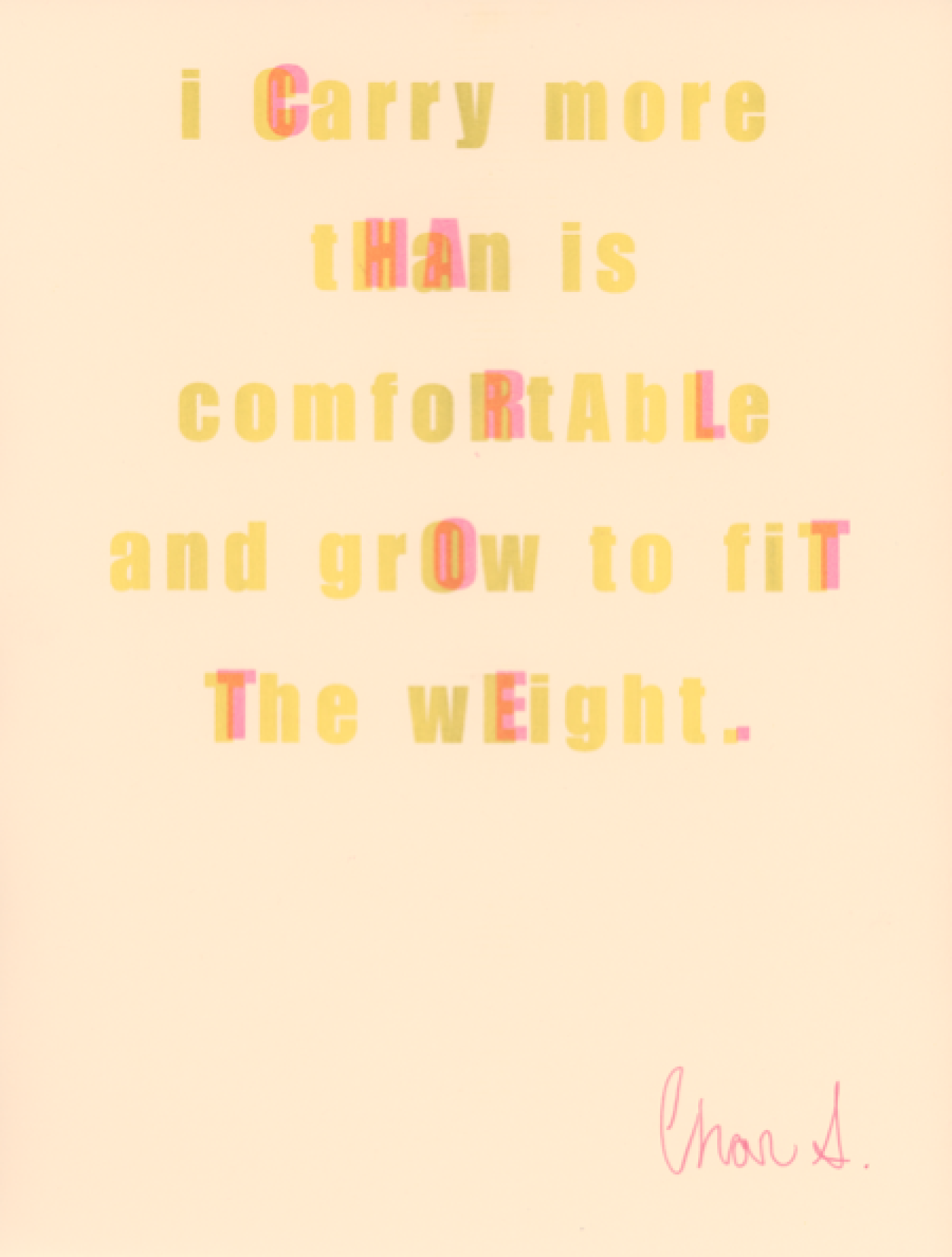
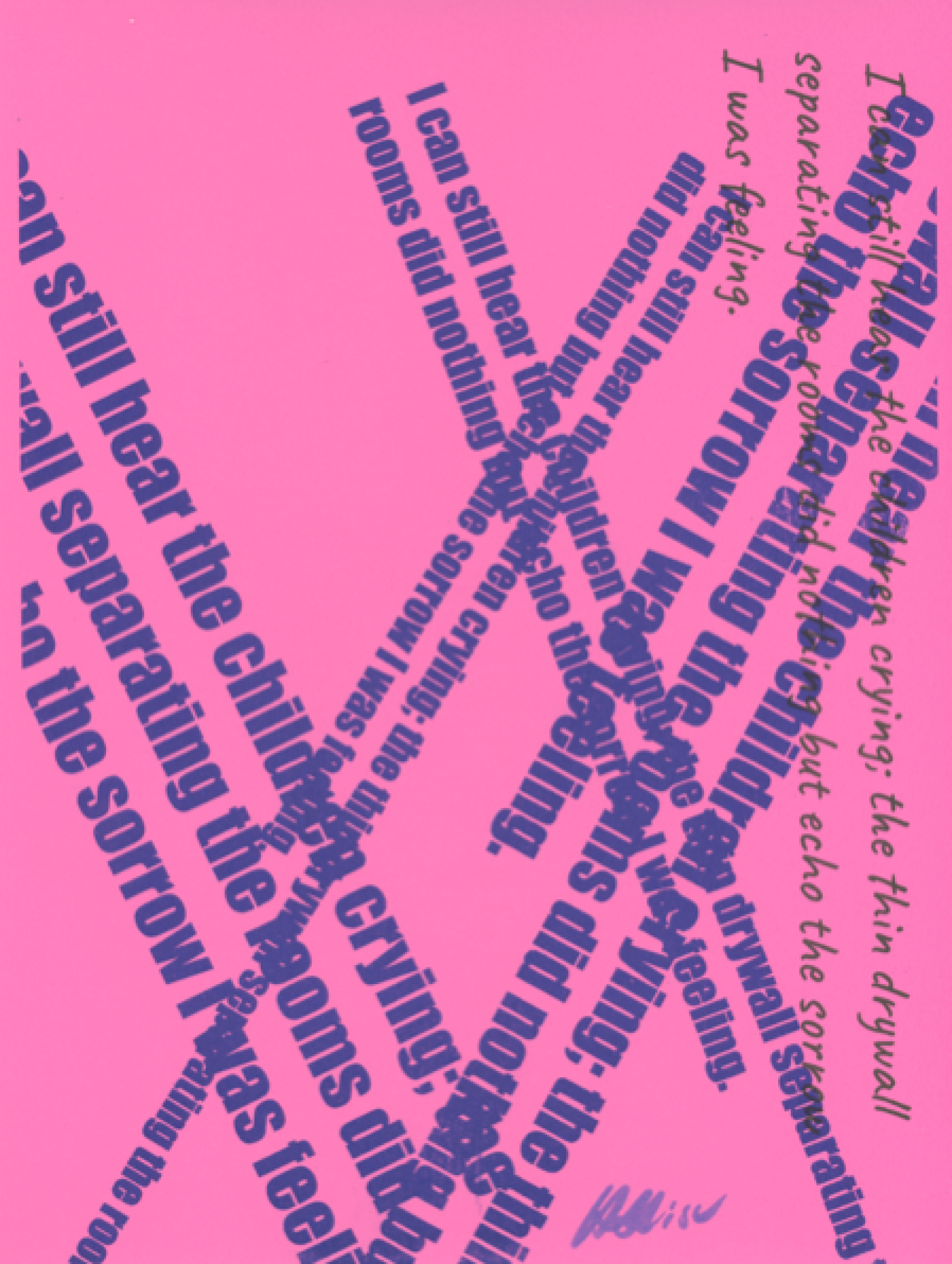
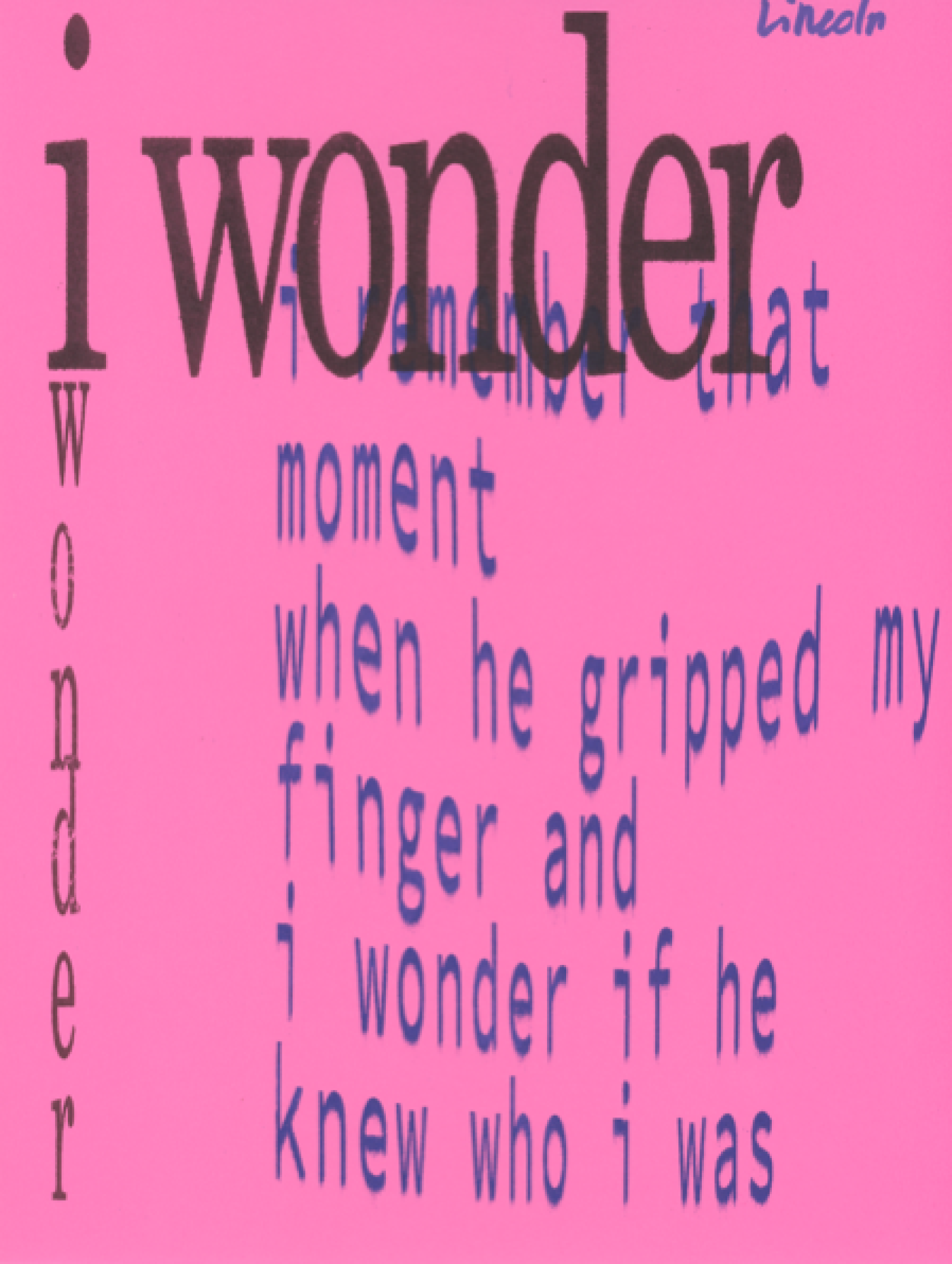
“We talked about the greatest first sentences in English literature, like ‘Call me Ishmael,’ from Moby Dick,” Swanson said. “It can be confusing, it can be loaded, it can be offensive, but it sets the tone for the rest of the novel.”
Once students had workshopped their sentences, Swanson gave them a crash course on graphic design so they could turn their sentences into Risograph prints, a cross between screen printing and photocopying where one color is printed at a time. Because paper must be fed through the Risograph printer multiple times—once for each color—minor misalignments between layers result in a charming, handmade aesthetic.
“All of their designs impressed me, and some of them brought me to tears,” Swanson said. “I showed them some examples of things I had created and different ways of using the Risograph and then just let them at it. I think students are already so in tune with visual design because they're seeing design of language in social media every day, so they understand what fonts communicate certain vibes.”
At the end of the five weeks, students signed and exchanged prints, then sealed their own design (along with their Blue Book responses to the readings earlier in the seminar) in an envelope with a promise to Swanson to open them upon graduation.
“This is where you are right now—in four or five years, where are you going to be?” Swanson asked them to consider. “I asked them to put it on their calendar to open this package up and think about who they were in that first semester of college.”
For some students, CTD’s focus on project-based learning is a perfect fit, particularly for self-motivated students who want to explore their own ideas. With electives in game design, wearable electronics, big data, virtual reality, neurohacking and more, Swanson’s section of the College of Engineering’s First-Year Seminar can act as a gateway to CTD, where students see and feel the human and artistic side of technology. But no matter their degree focus, Swanson hopes students walk away from the seminar with an appreciation of the role creativity plays in engineering.
“My mantra for this class was: How can I curate the best out of them as humans and as engineers,” Swanson said, “to get them to ask those questions that they're not going to get asked anywhere else in their engineering education.”

